Watercolor on paper, signed lower right.
23 x 31 cm
Provenance:
Private collection, Paris
Paul-Élie Gernez: The Silent One of Honfleur
Paul-Élie Gernez, born on August 25, 1888, inRouen and died on August 20, 1948, in Honfleur, was a French painter,draftsman, and watercolorist, renowned for the finesse of his lines, the silentpoetry of his still lifes, and the soothing light of his landscapes. A discreetartist but one of great sensitivity, he established himself as a leading figurein 20th-century figurative art, particularly in the Honfleur school.
Coming from a modest background, Paul-ÉlieGernez showed remarkable talent for drawing from an early age. He began histraining at the École des Beaux-Arts in Rouen, where he befriended other Normanartists. He absorbed the rigorous lessons of academic drawing while quicklyasserting a personal style characterized by precision, restraint, and elegance.
Settling in Honfleur in 1912, he soaked up thespecial atmosphere of this Norman port, which had been popular with artistssince the 19th century. It would henceforth be his home base, both emotionallyand artistically.Gernez chose to live far from the hustle andbustle of Paris. He preferred the soft light of the Norman coast, quietinteriors, and familiar objects. His work developed with great freedom: hebroke free from fashions without ignoring them, observing the trends of histime without ever losing himself in them. He painted what he saw and what heloved, taking a meditative approach that combined classicism with discreetmodernity.His early works were marked by a certain Cubistand Constructivist influence, but he quickly moved towards a refined, nuancedfigurative style. He attached great importance to composition and light, whichhe worked with great subtlety. Paul-Élie Gernez is particularly noted for hiswatercolour work. He turned it into a noble, masterful art form, where everystroke and every transparency is thought out with great economy of means.His landscapes of Normandy, his views of theport of Honfleur or the surrounding countryside are marked by a soft, steadylight, a kind of inner calm. Nothing spectacular: just everyday life sublimatedby an attentive and sincere gaze.
Without ever seeking fame, Gernez exhibitedregularly in Paris—notably at the Salon d'Automne and the Salon desTuileries—where his works were praised for their accuracy and sense of balance.He enjoyed the support of galleries and collectors who appreciated the depth ofhis work behind its apparent simplicity. He also worked as an illustrator andengraver, notably for books and art magazines, bringing graphic precision andmusicality of line to his compositions.
Paul-Élie Gernez died in 1948 in Honfleur, thetown that was his refuge and his muse. He left behind a vast and coherent bodyof work, marked by great formal rigor and modest sensitivity. Far from theclamor of the avant-garde, he built a body of work of silence and light, whichtouches the viewer with its sincerity and high standards.
His work is preservedin several museums, notably in Honfleur, Rouen, and the Museum of Modern Art inParis.


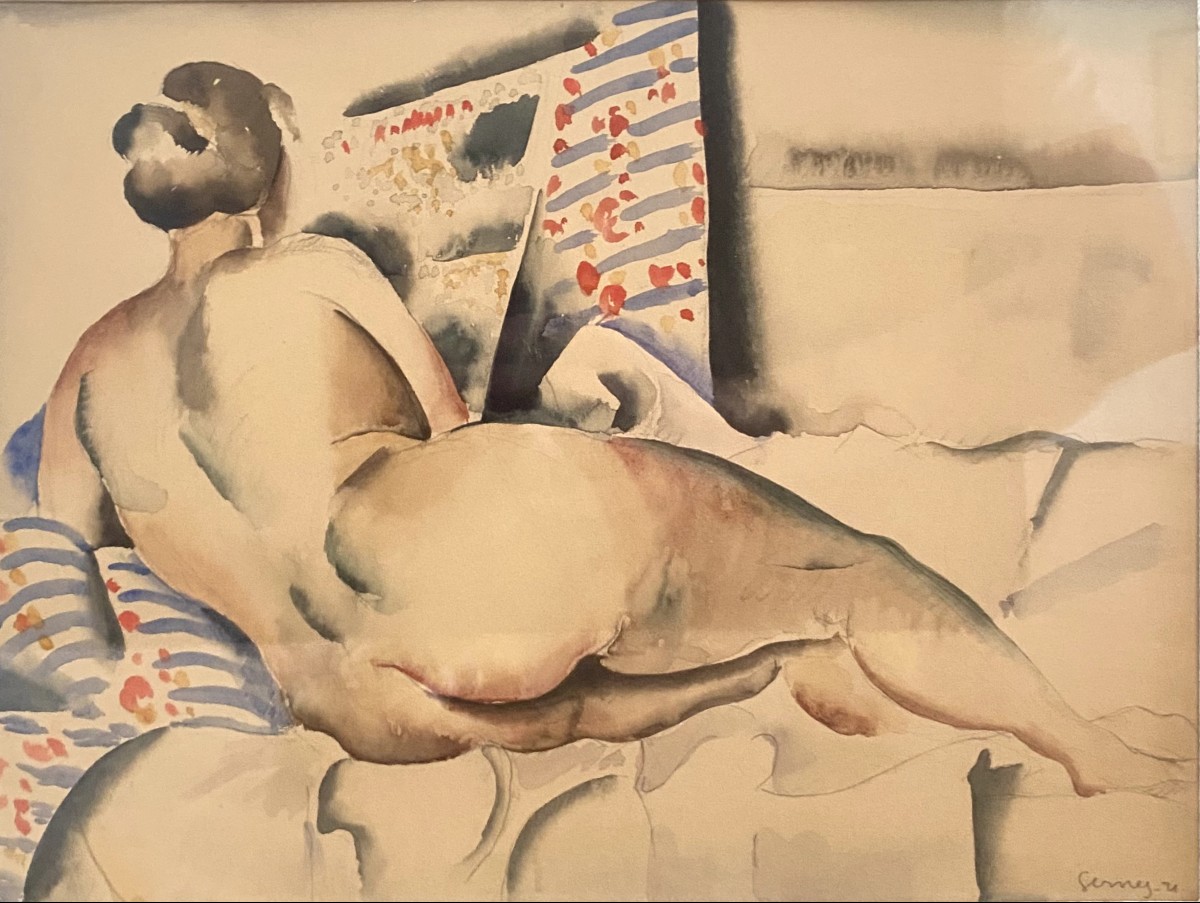


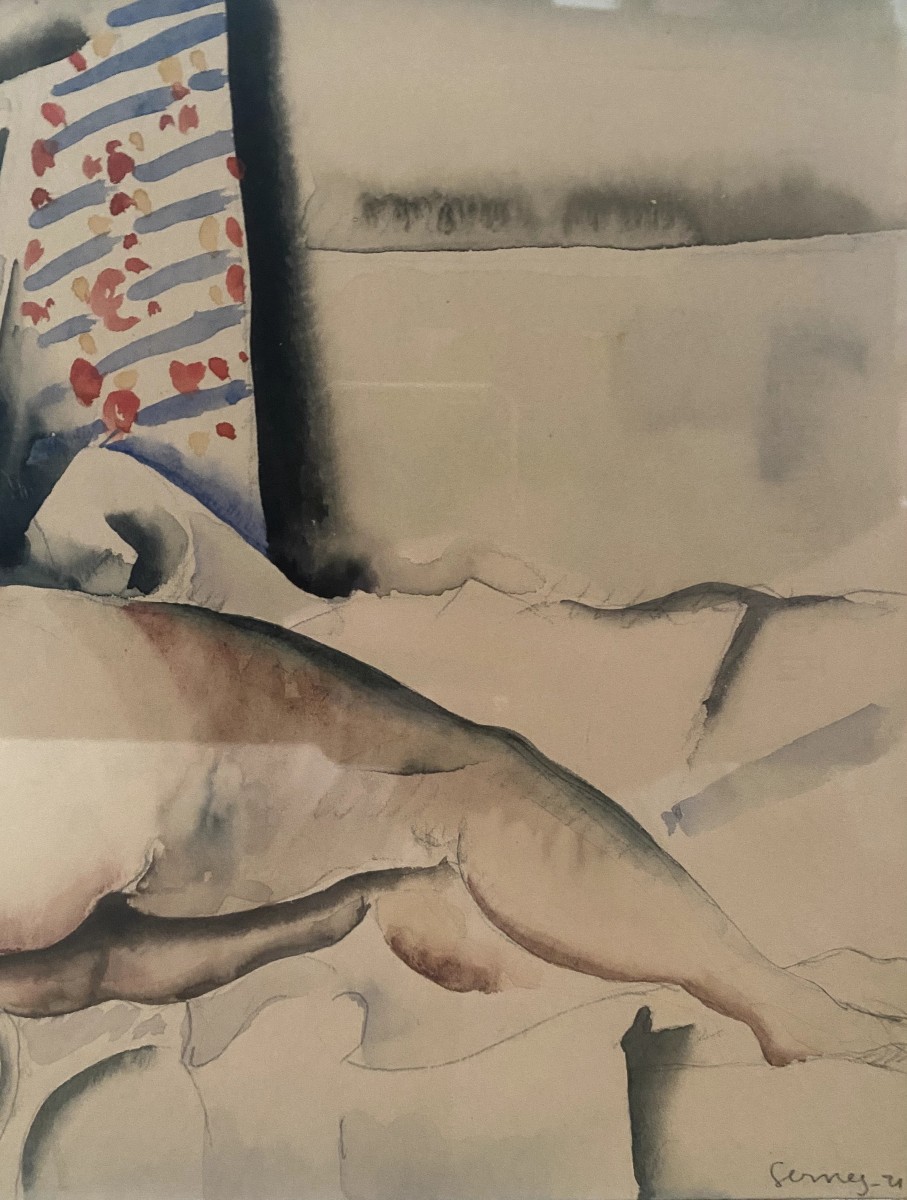
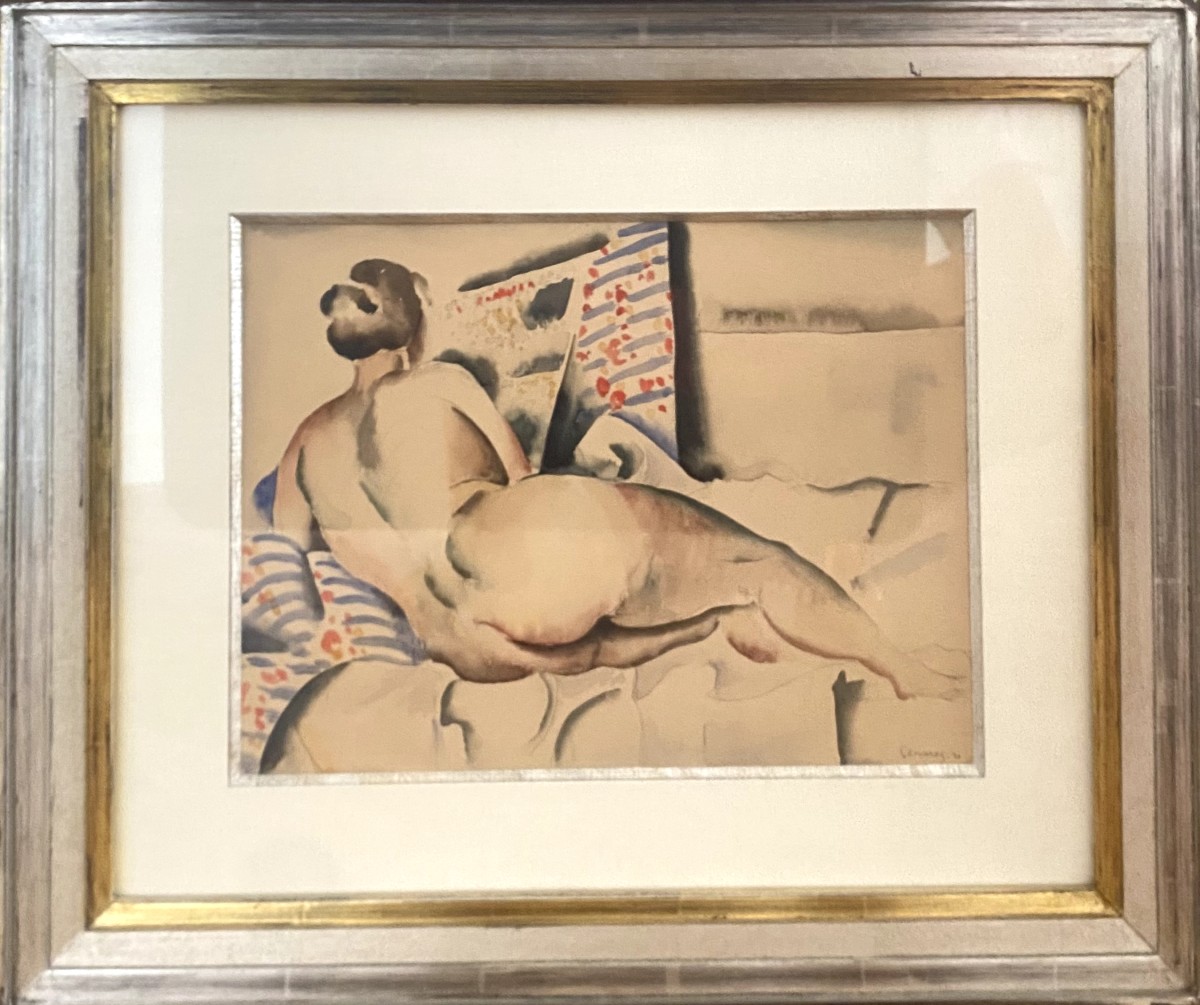






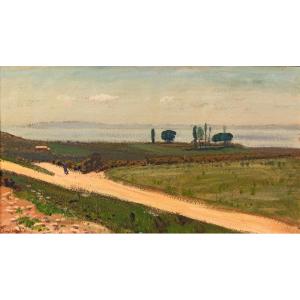



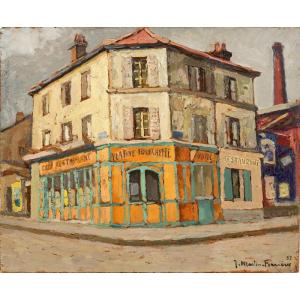



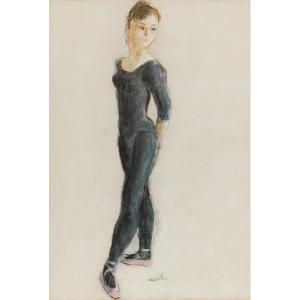







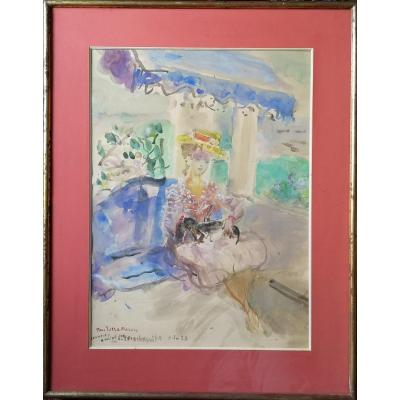






 Le Magazine de PROANTIC
Le Magazine de PROANTIC TRÉSORS Magazine
TRÉSORS Magazine Rivista Artiquariato
Rivista Artiquariato